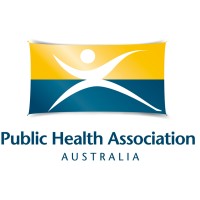
Illinois Department of Public Health (IDPH)
Illinois Department of Public Health (IDPH) works to protect the health and improve the lives of Illinoisans. We are organized into 12 offices, each of which addresses a distinct area of public health. Each office operates and supports numerous ongoing programs and is prepared to respond to extraordinary situations as they arise. As a diverse public health workforce, we care about the well-being of people and are guided by the following principles: - Prevention of disease and injury - Protection of food, water, air, and environment - Promotion of safe and healthy communities - Scientific approaches to analyzing and solving problems - Partnership and collaboration to achieve coordinated response to community health issues - Population-based strategies to address public health issues - Individual responsibility as important to achieving healthy lifestyles - Advocacy for public health policies to improve the health of populations - Recognition of the unique value and needs of diverse populations - Innovation as essential to the practice of public health All job opportunities are posted on: https://illinois.jobs2web.com/ Learn more about working for us: https://dph.illinois.gov/about/employment-opportunities.html Learn more about our people: #TeamIDPH






